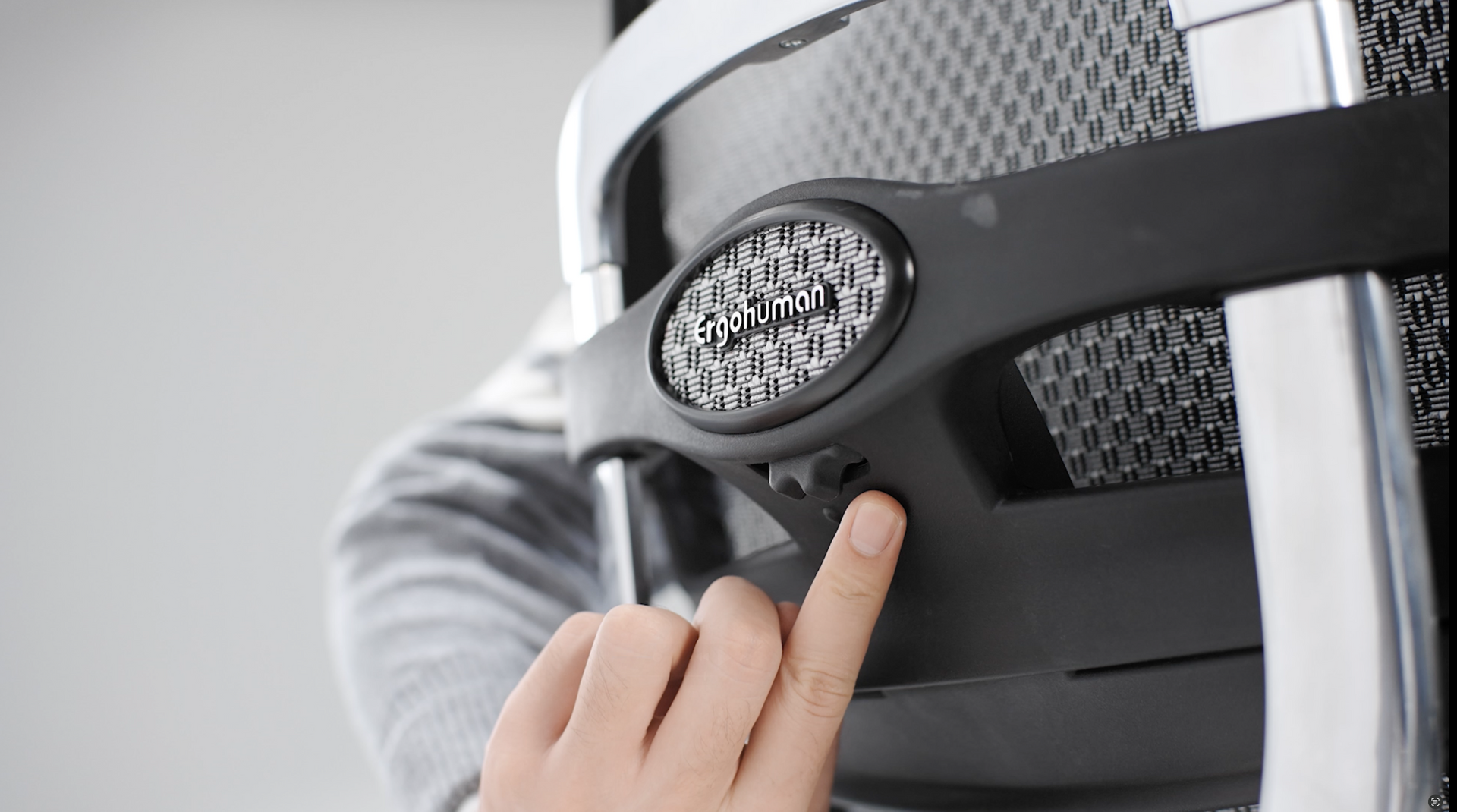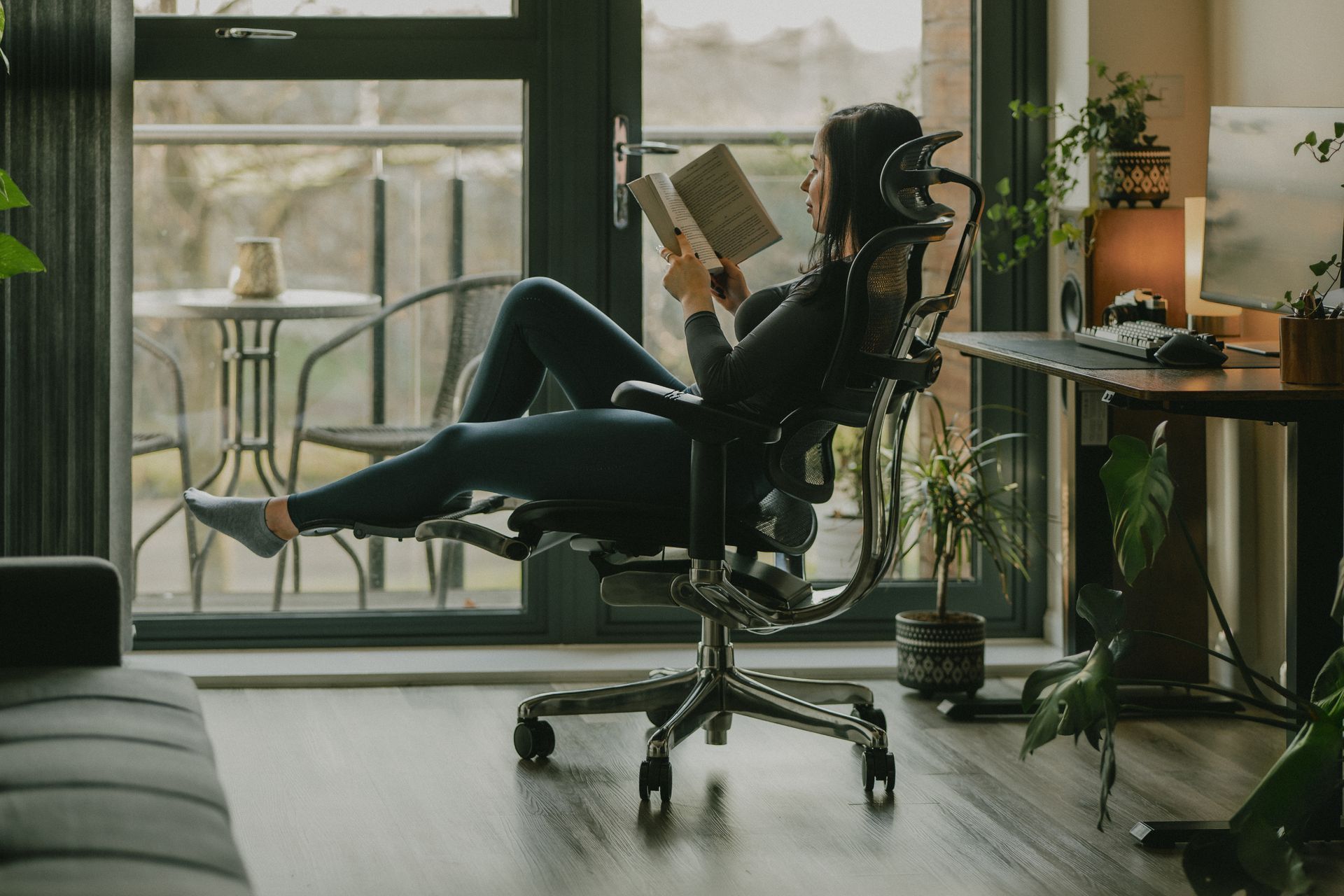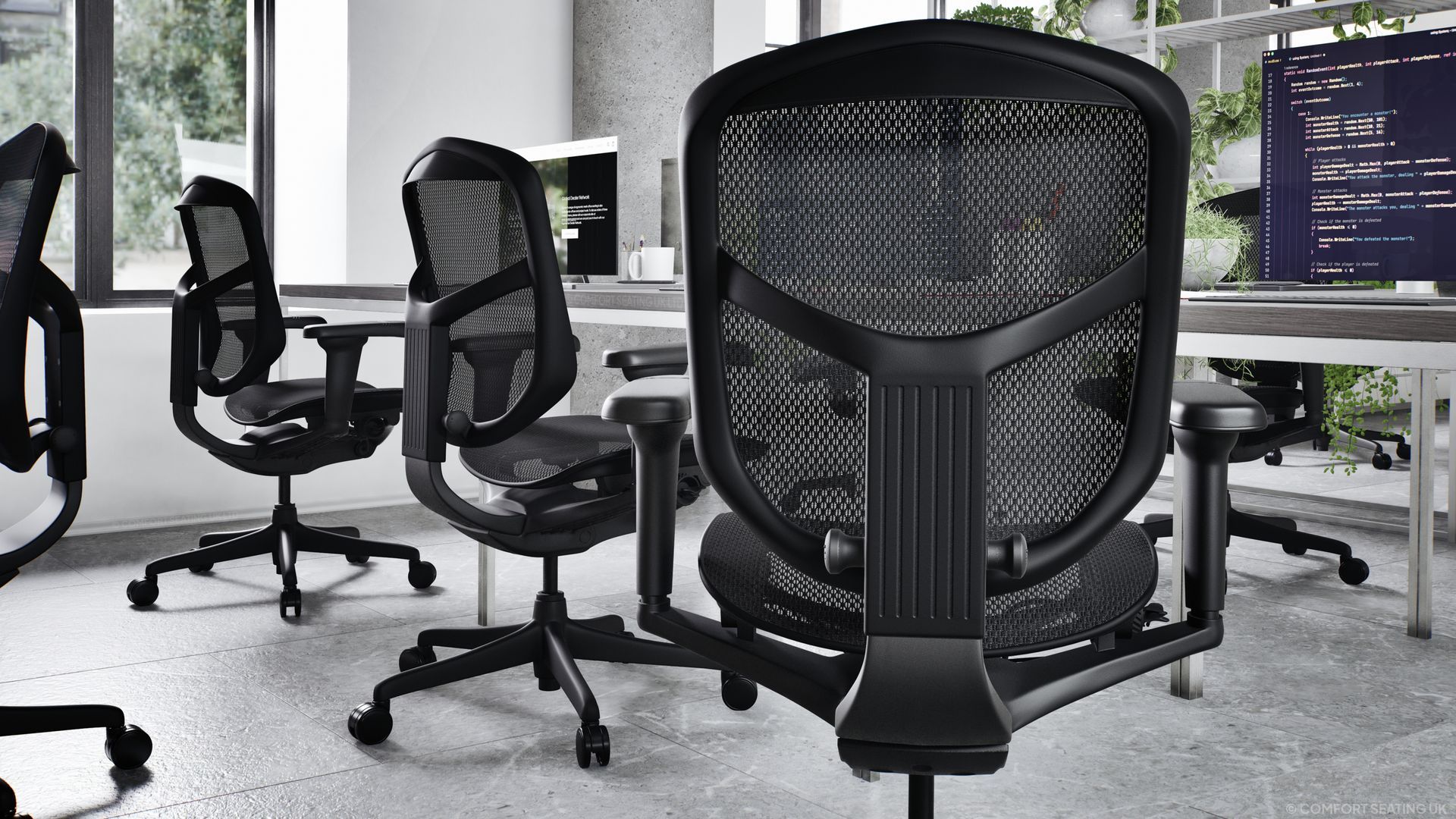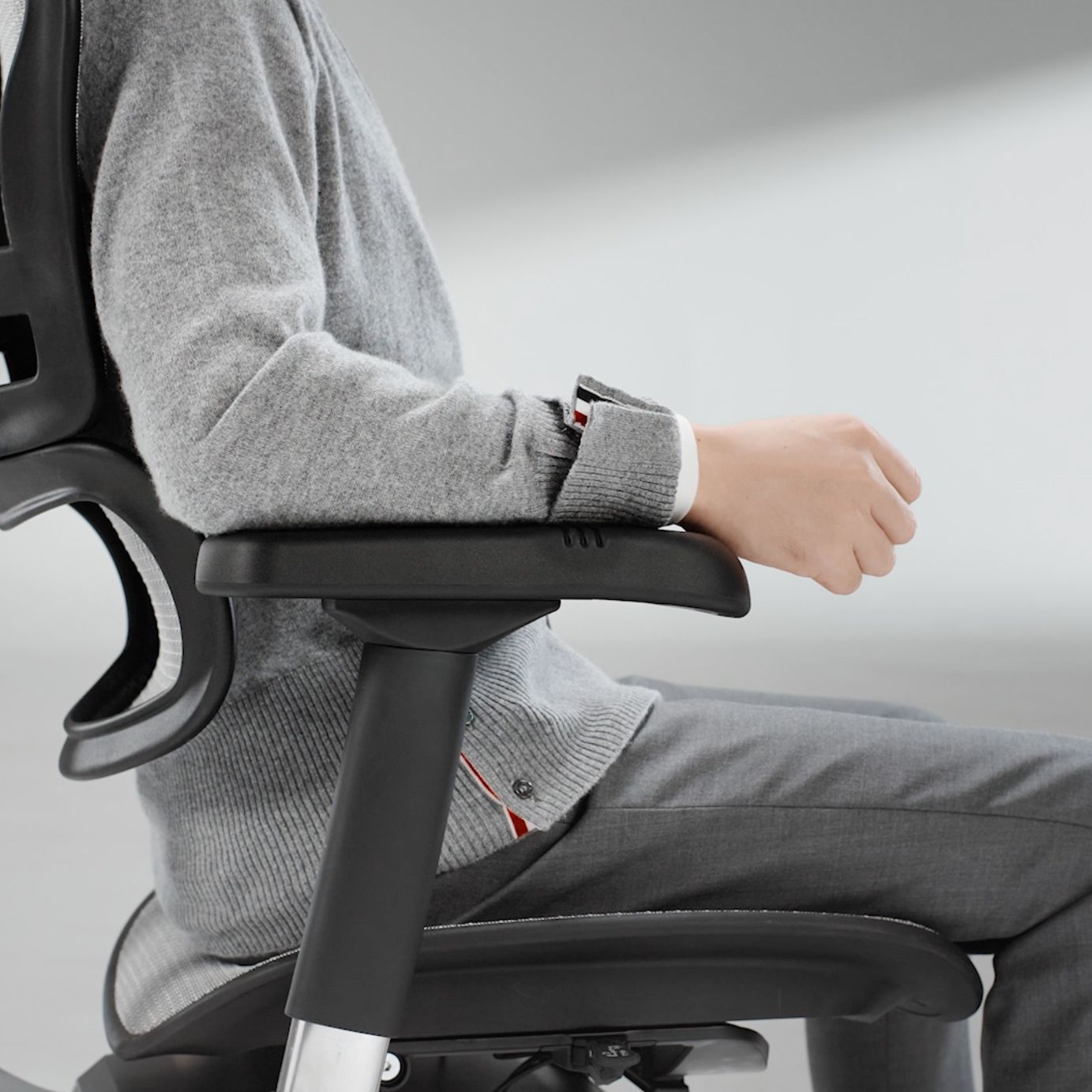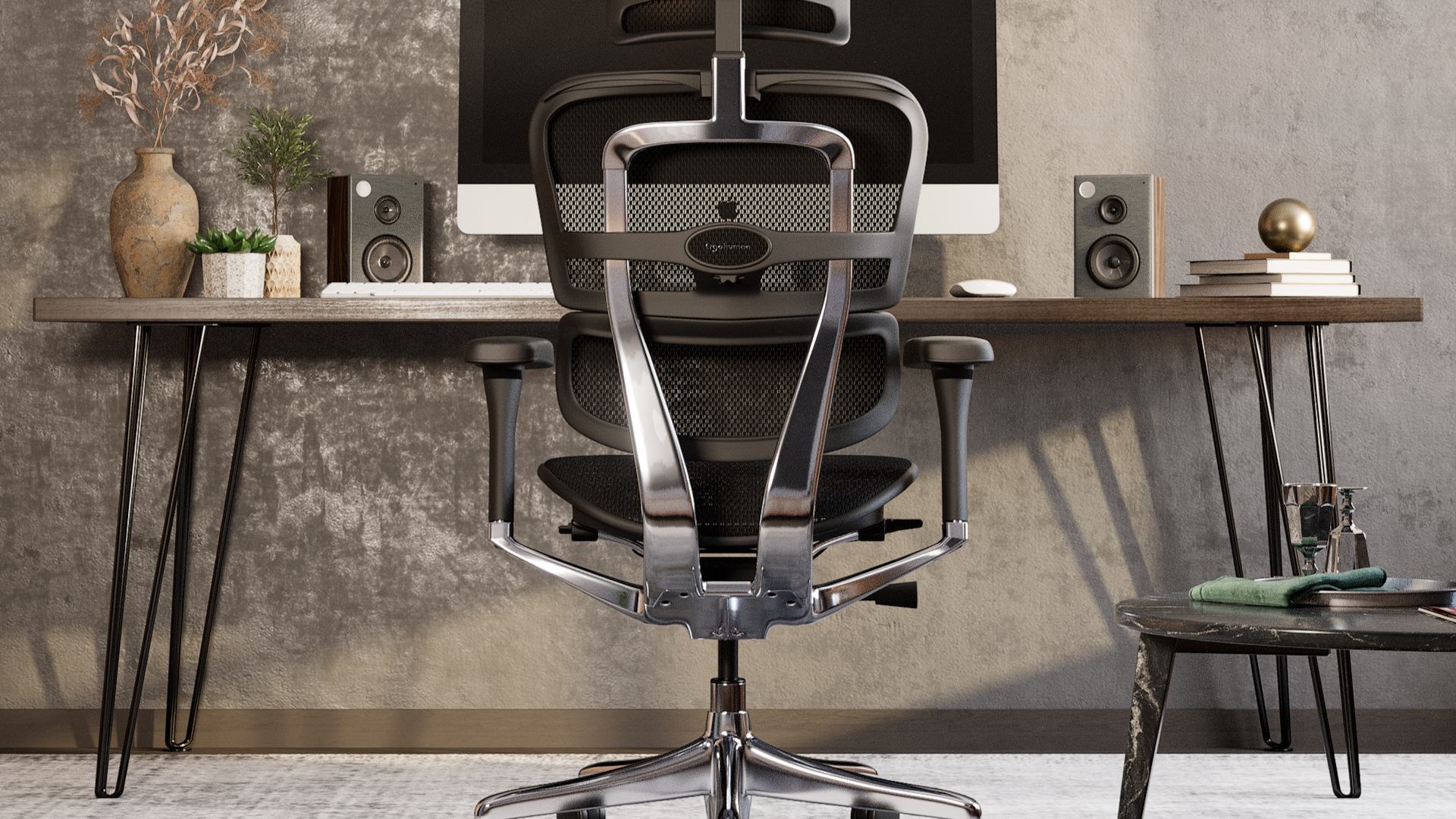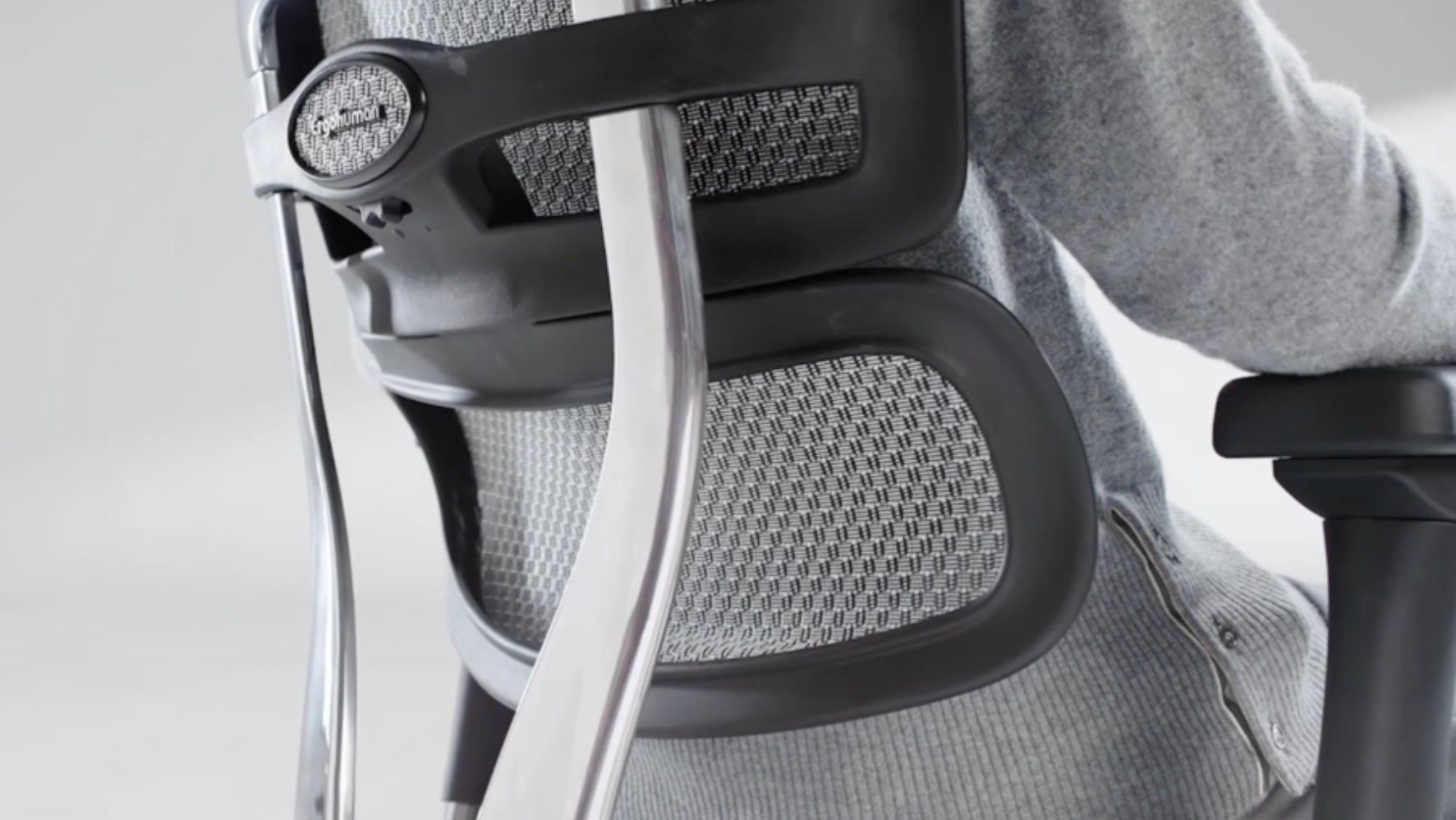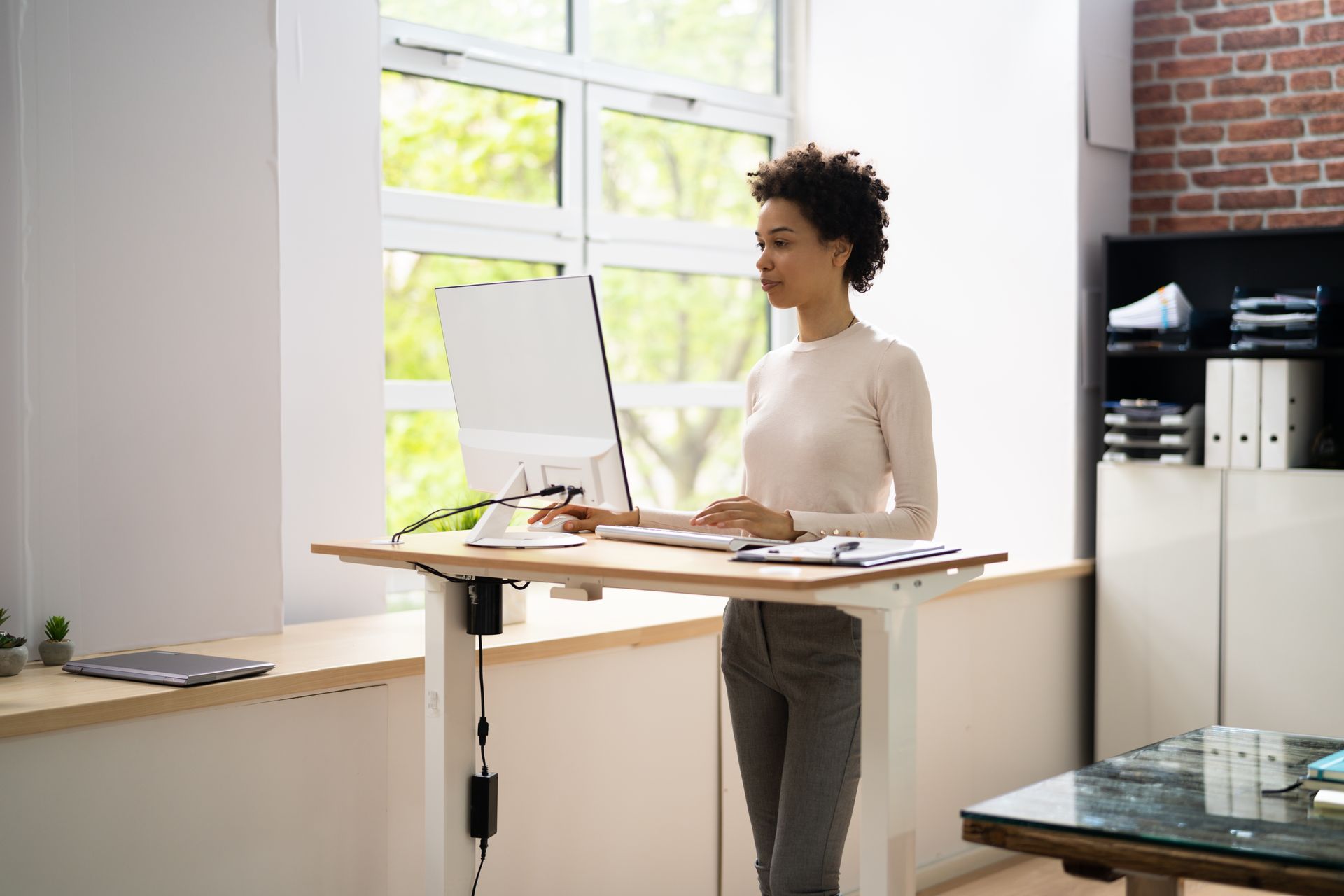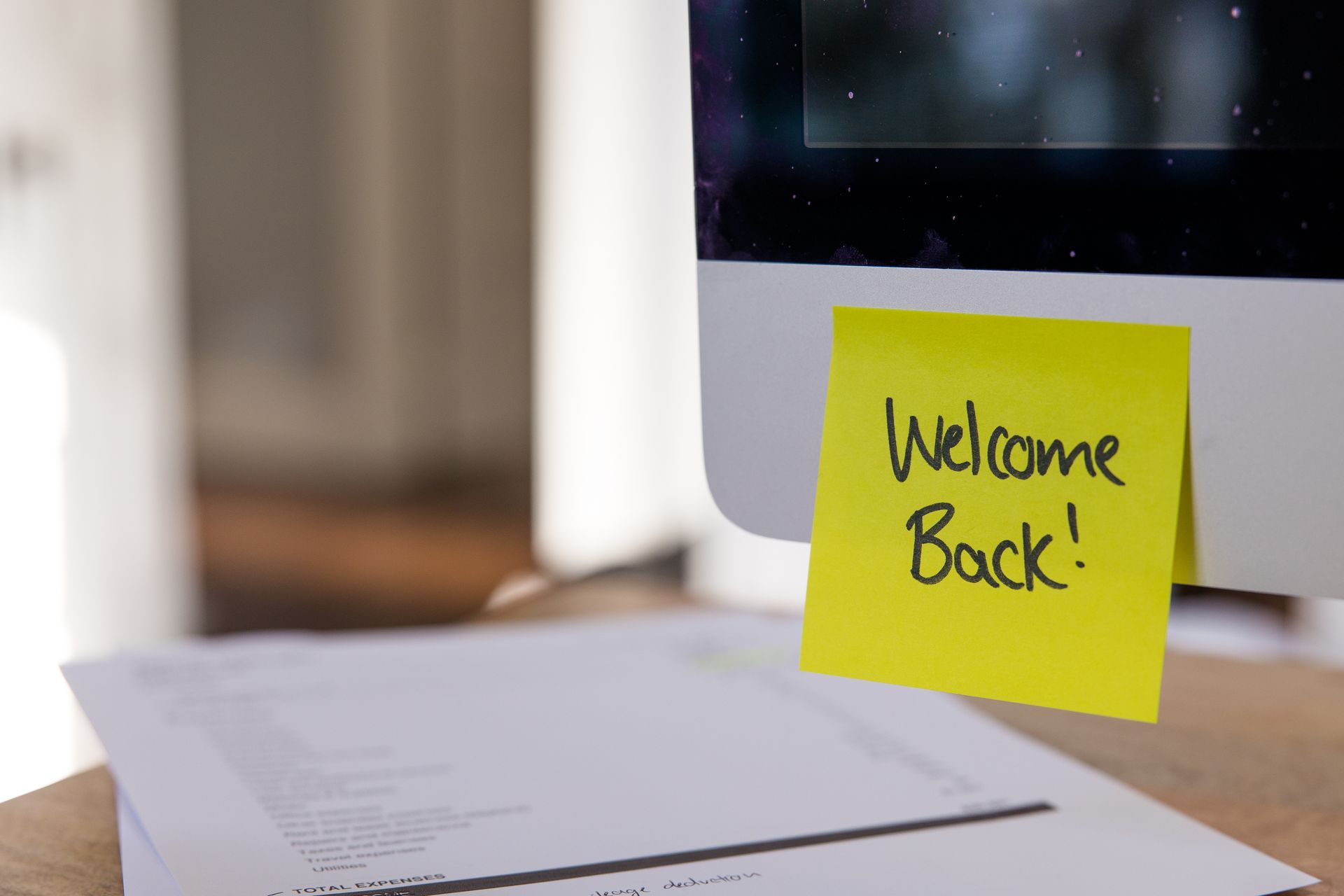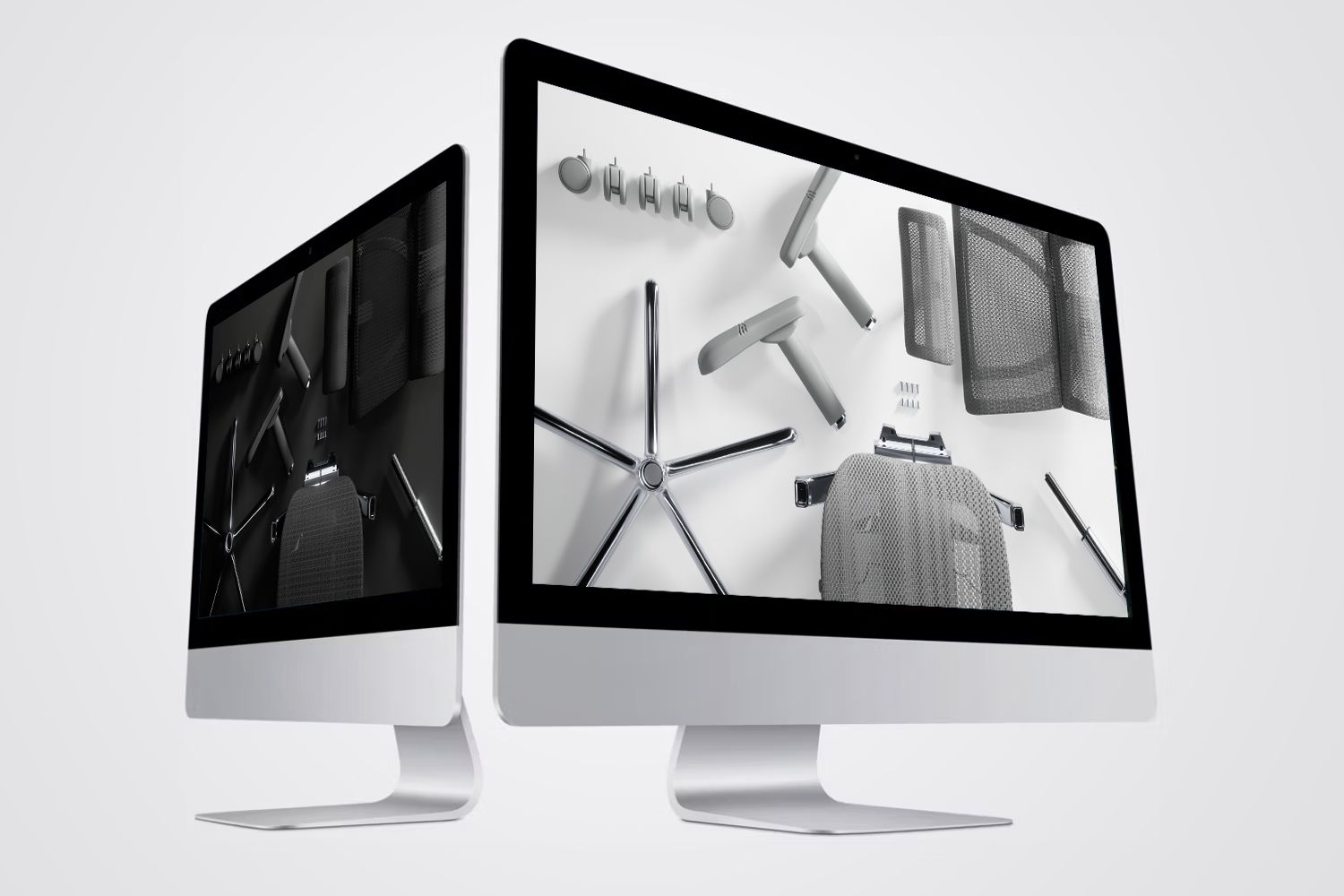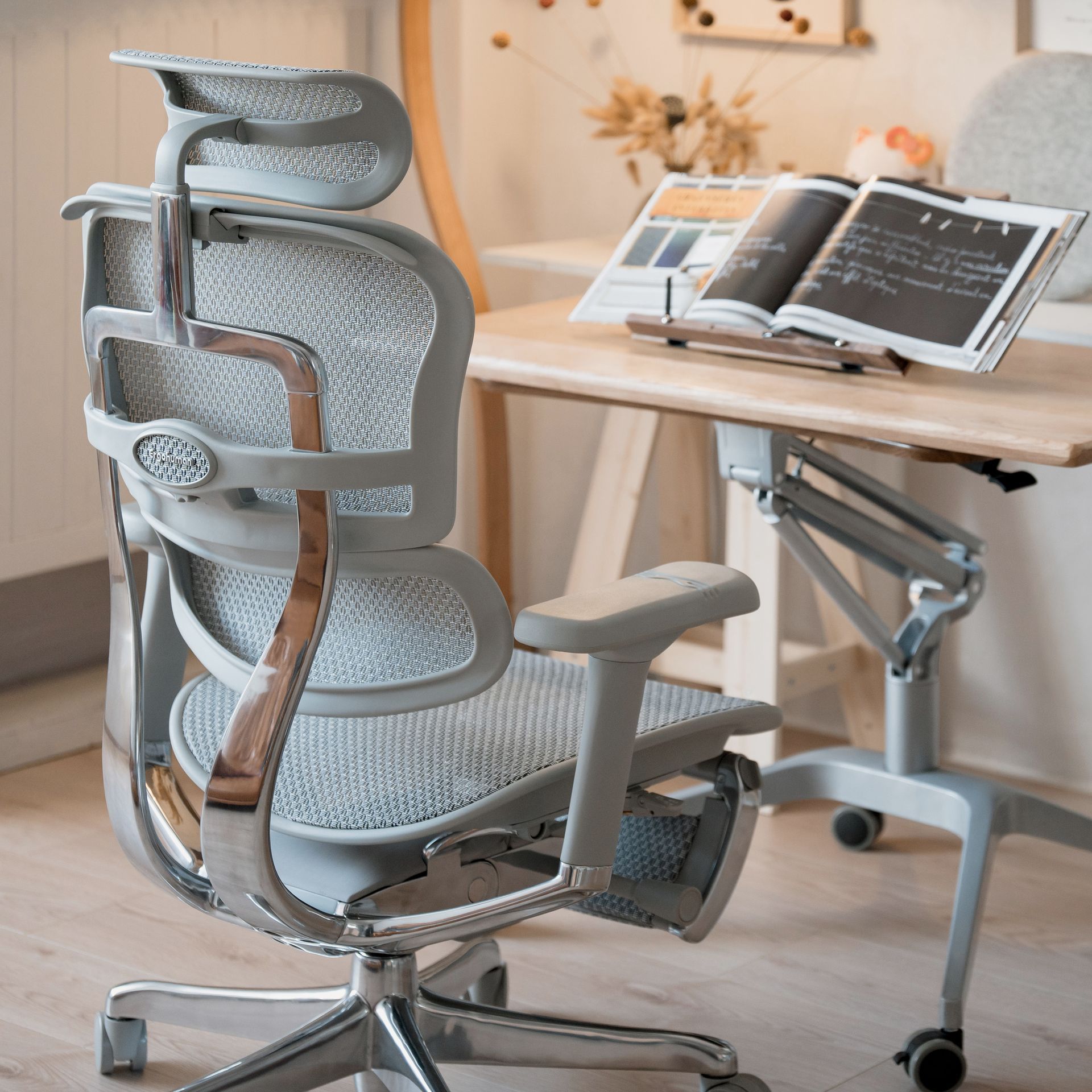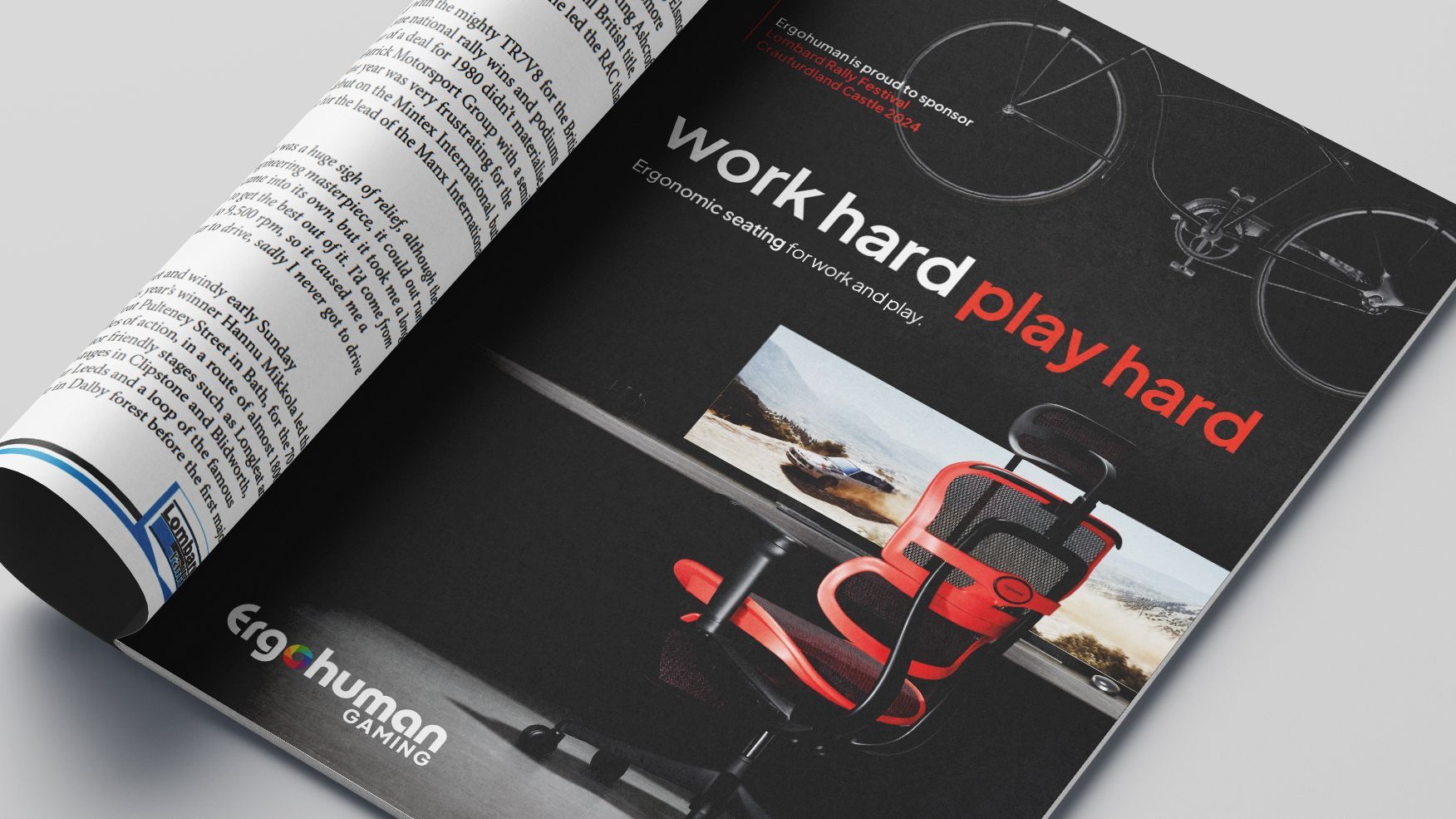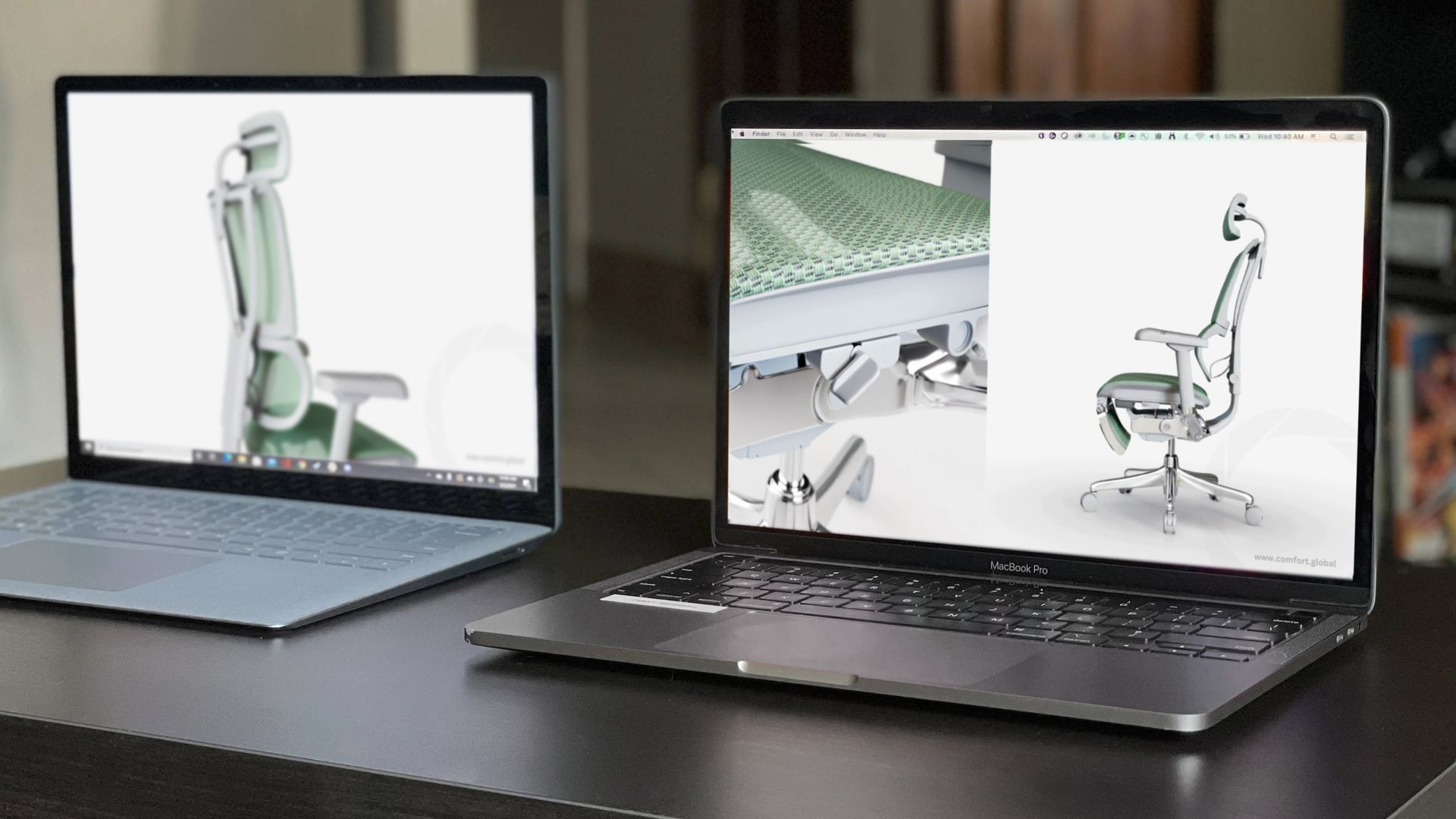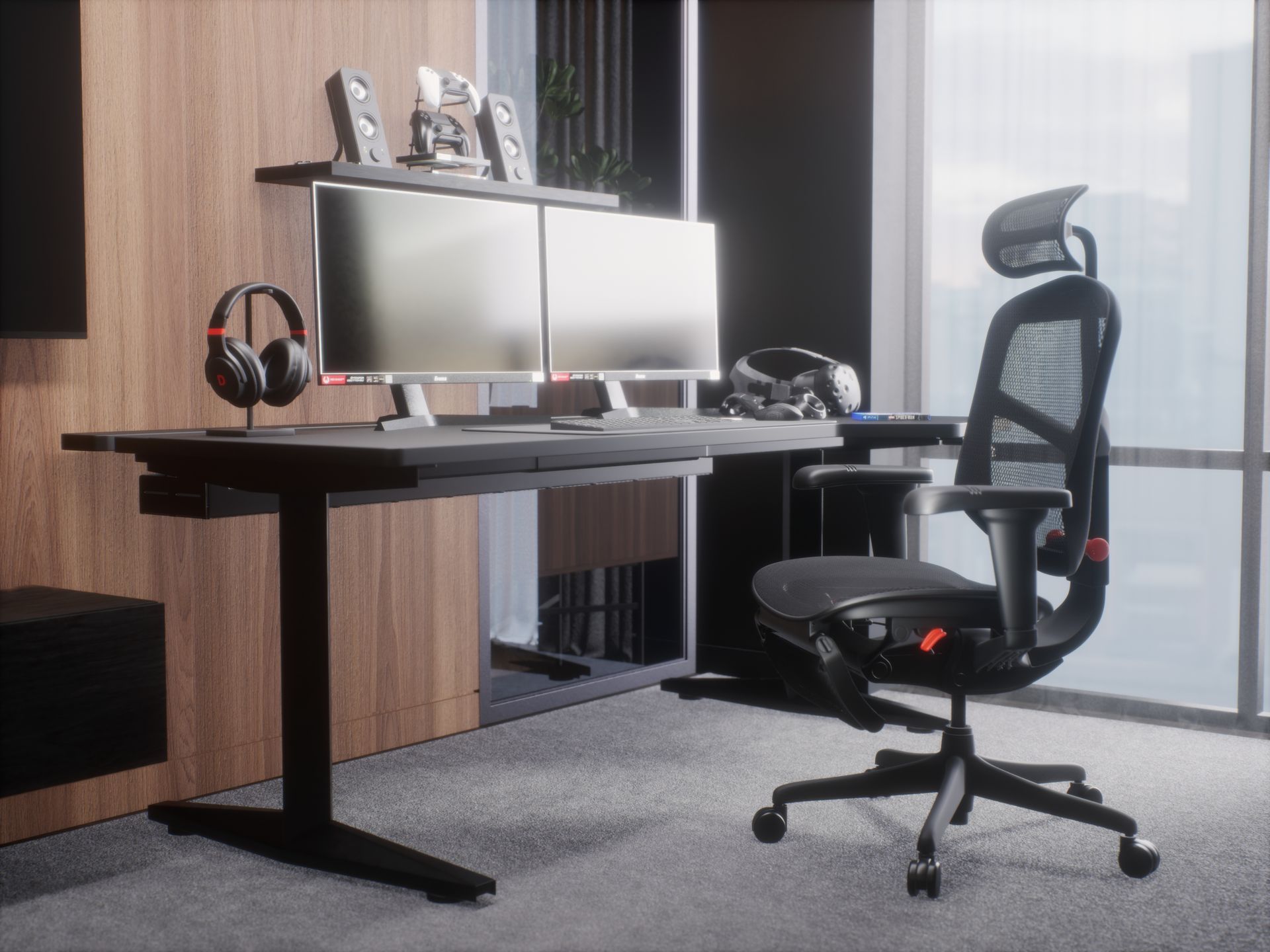Creating productive offices and optimising workspaces
Cultivating a productive team should be one of the primary goals of any business. A dynamic team that is committed to yielding good results is essential for a business's growth. Creating a productive workspace for employees is an excellent way to ensure high performance.
Whether a business' employees work from the office, from home, or follow a hybrid schedule, there are many ways to design a workspace that ensures efficacy. Part of Comfort Seating's ethos is to monitor the effect a workspace has on employee performance, especially through the use of our comfortable office chairs. Compiled below are seven proven methods employers can implement to encourage productive offices and how to optimise workspaces effectively.
Ergonomic office chairs
Who knew that a chair could have such a huge impact on productivity? Ergonomic furniture, especially office chairs, is essential for comfort during long hours at a desk. Especially as people age, proper back support is key to comfortable sitting.
The Ergohuman range of office chairs is designed for home and corporate offices. With adjustable seat height, 5D armrests, lumbar support, free-float recline mode, and adjustable backrest height, the chairs support the user from top to tail.
Ergonomic office furniture is important because it reduces stress on the body. When an employee is comfortable and less distracted by pain, they can focus more on their work. A study by the Washington State Department of Labour and Industries discovered that ergonomic workspaces reduced lost workdays by 75 per cent⁽¹⁾.
A truly ergonomic chair should include, at minimum, an adjustable height, backrest, tilt, 5-star feet with castors and gliders, and a footrest if required. It should be in good condition, support the natural S-shape of the spine, and be appropriate for the task and environment.
Explore the
Ergohuman Elite,
Mirus Elite, and
Enjoy Elite office chairs to explore what would work best in your environment.
Natural light
Natural light is important when designing workspaces, whether for the home office or corporate. A study conducted by Alan Hedge, a Cornell professor, found that offices with daylight reported 84 percent fewer symptoms of eyestrain, headache, and blurred vision, all of which decrease productivity⁽²⁾.
Natural light also keeps employees more alert, with reports stating a 10 per cent decrease in drowsiness. Those who sat near a window with access to daylight reported a two per cent increase in productivity. This may sound small, but this is a £1.5 million company increase for the lifetime of the window.
Tune into the ultradian rhythm
Focusing for eight hours straight does not contribute to good productivity, nor is it humanly possible. The best thing we can do to foster a productive workspace is to encourage employees to take regular breaks. Researchers have noted something called the 'ultradian rhythm', which is the body's ability to follow a 90-minute rhythm during the day⁽³⁾. During this time, humans shift from high alertness to low every 90 minutes. It's clear when the 90 minutes is up because the body will start to become hungry, drowsy, unfocused, or restless.
Flexible working hours are key to productivity, as the body isn't designed to focus for eight hours straight. Instead, employers should concentrate on how much work your employees achieve, rather than how many hours they work. Encourage them to take regular mental breaks, such as setting a timer every 90 minutes for a 15-minute break. This is achievable when employees are in the office or when working from home, ensuring flexible workspaces no matter their location.
Writing to-do lists
You can invest in fancy desks or expensive lighting to increase productivity in the office, but a simple to-do list will also work wonders. The National Library of Medicine published a report stating that planning tasks with a to-do list reduces the 'executive burden on the brain by freeing [it] from having to worry about unfinished tasks'⁽⁴⁾.
Employees are more productive when they have a to-do list and are able to tick things off early in the day so they can confidently move on to the next tasks. Another beneficial method is to split the to-do list into tasks that are urgent or not urgent or breaking tasks down into smaller ones.
Limit distractions
Research from RescueTime, a productivity software provider, reported that the average digital worker is distracted every six minutes⁽⁵⁾. They will typically check their email or texts every six minutes, which interrupts their workflow and focus. They also reported that 40 per cent of knowledge workers never get 30 minutes of consecutive focus time during their working day.
One of the most important actions for creating a productive workspace is limiting distractions. Distractions in the workspace can be anything from a nuisance to dangerous, depending on the line of work. It's crucial for employers to contribute to a working culture that limits the number of distractions. Encourage staff to focus on single tasks at a time and enter a workflow that allows them to complete jobs without being interrupted.
Collaborative meetings
The Society of Human Resource Management (SHRM) reported that people with a hybrid working routine were the most productive⁽⁶⁾. One such reason for this is that going into the office and collaborating with colleagues can contribute to productivity long-term.
Michaela Schippers, a professor of behaviour and performance management, found that teams who met regularly were more productive and more likely to find solutions to problems compared to groups who did not prioritise check-ins⁽⁷⁾. The purpose of these check-ins should be to brainstorm how the team can improve and find innovative resolutions for ongoing challenges.
Declutter the workspace
Princeton University Neuroscience Institute found that visual clutter can decrease productivity⁽⁸⁾. It is essential to maintain a clean, tidy, and organised office space to ensure your employee's productivity. Visual clutter competes with your brain and fights for your intention, exhausting cognitive functions.
The study found that the brain isn't good at 'blocking clutter'; the brain will push towards desired objects and pull from objects that compete for attention. The more clutter there is, the harder it is for the brain to focus on work, leading to decreased productivity and performance.
FREQUENTLY ASKED QUESTIONS about productive workspaces
Designing workspaces for quality work
A productive workspace does not mean that employees fly through their tasks and complete projects at lightning speed. It means that they can enter a healthy workflow without additional distractions or stress while producing high-quality projects and yielding good results. It's essential for employers to prioritise designing a productive workspace, whether that be through ergonomic furniture, minimal distractions, encouraging meetings, or an organised space.
If you'd like to enjoy the benefits of Ergohuman office chairs,
contact us for more details.



